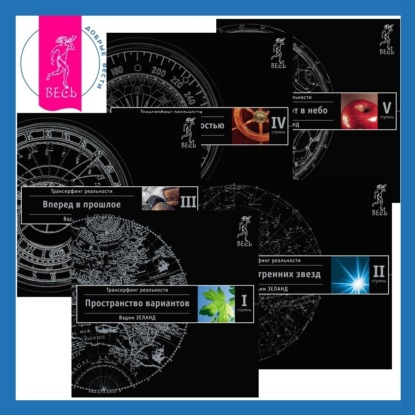Virtual Humans simulations are becoming increasingly popular and many systems are now available to animate Virtual Humans. Such systems encompass several different domains including autonomous agents in virtual environments, human factors analysis, training, education, virtual prototyping, simulation–based design and entertainment.
At the moment Virtual Humans are most commonly used in the entertainment industry and specifically in movies and video games. However, there are many current and potential applications of human activities that may be part of a system involving Virtual Humans in a wide range of areas including simulation, emergency situations, medical applications and engineering.
- Covers all aspects of Virtual Humans
- Explains the concept of avatars and autonomous virtual actors and the main techniques to create and animate their bodies and faces
- Presents the concepts of behavioral animation, crowd simulation, intercommunication between Virtual Humans and interaction between real humans and autonomous Virtual Humans
- Addresses the advanced topics of hair representation and cloth animation with applications in fashion design
- Discusses the standards for Virtual Humans and a platform for real–time simulation
Written by leading experts in the area, the Handbook of Virtual Humans covers the basic principles through to state–of–the–art and advanced concepts in this exciting field. Engineers, researchers and developers in computer graphics, computer animation, virtual reality and game development will all find this reference indispensable. Это и многое другое вы найдете в книге Handbook of Virtual Humans (Nadia Magnenat–Thalmann)















